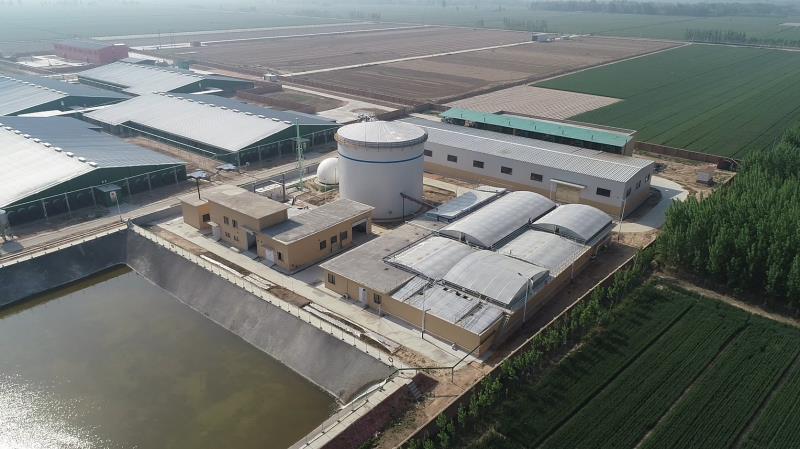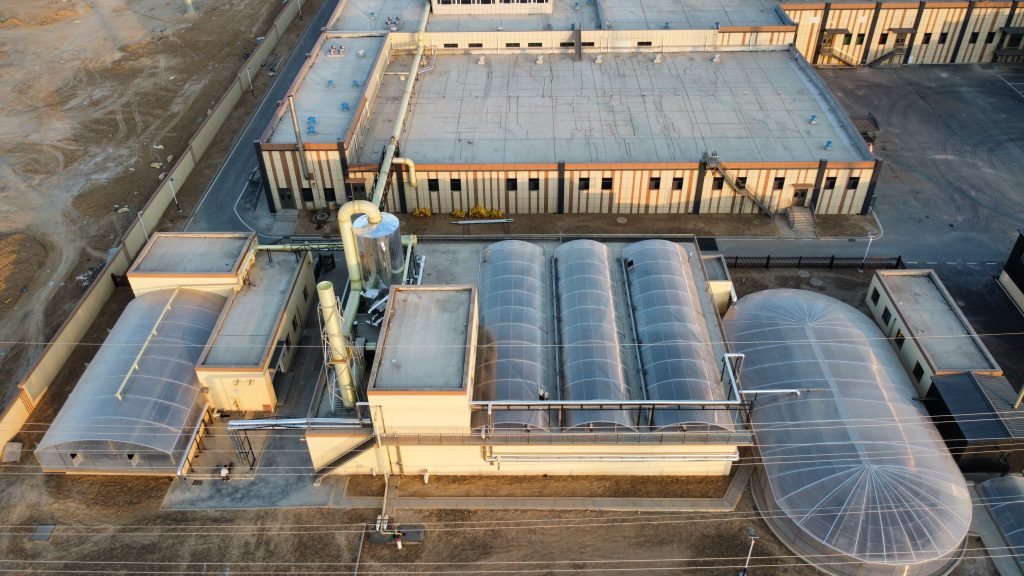Principles and Applications of Sequential Batch Reactor SBR Process
The Sequential Batch Reactor (SBR) has emerged as a popular wastewater treatment method employed in municipal facilities, industrial plants, and small-scale domestic systems. In this article, we will delve into the SBR process, examining its underlying principles, operational workflow, and the advantages it offers in various applications.

I. Principles of the SBR Process:
The SBR process relies on the biological degradation principle for wastewater treatment. It involves a systematic and time-dependent sequence of operations within a sealed reactor. Typically, an SBR system encompasses distinct phases, including the inlet, reaction, settling, and discharge stages.
During the inlet phase, wastewater enters the SBR reactor through dedicated conduits. The subsequent reaction phase allows microorganisms to biologically degrade the organic compounds in the wastewater. Microbes utilize these substances for growth and metabolism, thereby converting them into harmless byproducts. As the reaction progresses, the concentration of pollutants steadily decreases.
The settling phase follows, wherein aeration ceases, enabling the settling of suspended solids and microorganisms at the reactor’s bottom, forming sludge. This settling stage aids in effectively separating suspended matter and microorganisms from the water, leading to further purification.
In the final discharge phase, clarified water is extracted from the reactor, subjected to essential treatment and disinfection, ensuring its safe release into the environment. Concurrently, the sludge produced during the process undergoes additional treatment and can be employed for various beneficial applications.

II. Operational Workflow of the SBR Process:
The SBR process encompasses the following operational steps:
Inlet: Wastewater enters the SBR reactor through designated pipelines, with the flow rate and velocity controllable via adjustable valves.
Reaction Phase: This phase represents the core of the wastewater treatment process. Here, microorganisms facilitate the degradation of organic compounds present in the wastewater. Adequate oxygen supply is ensured through an aeration system, supporting the growth and metabolism of the microbial population.
Settling Phase: Following the reaction phase, the aeration system is halted, initiating the settling stage. During this period, suspended solids and microorganisms settle at the reactor’s bottom, forming sludge. To maintain a balanced biomass, the sludge can be reintroduced into the reactor using a recirculation system.
Discharge Phase: The clarified water, free from impurities, is withdrawn from the reactor. After undergoing requisite treatment and disinfection, it can be safely discharged into the environment.
Sludge Treatment: The sludge generated during the wastewater treatment process undergoes further treatment and solid-liquid separation, enabling proper disposal or beneficial reuse.

III. Advantages of the SBR Process:
The SBR process offers several key advantages over other wastewater treatment methods:
Flexibility: The SBR process excels in operational flexibility, allowing adjustments in reaction cycles, influent flow rates, and reaction times to accommodate diverse water qualities and treatment requirements.
Efficiency: With optimal operational control, the SBR process ensures efficient degradation of organic compounds and purification of wastewater. It achieves high removal rates of pollutants, leading to excellent water quality outcomes.
Energy Efficiency: The SBR process promotes energy conservation by allowing flexible oxygen supply during the reaction phase, eliminating excessive aeration that may lead to energy wastage. Moreover, the sludge recirculation system within the SBR process enhances energy savings and treatment efficiency.
Adaptability: The SBR process demonstrates robustness in handling variations in water quality and load fluctuations. It proves effective in treating both industrial wastewater and domestic wastewater, even amidst seasonal variations.
Compact Footprint: In comparison to traditional continuous-flow processes, the SBR process can be designed with a smaller footprint, either through a single reactor or multiple modular reactors.
The SBR process stands as an efficient, flexible, and energy-saving wastewater treatment technology, finding extensive utility in diverse wastewater treatment scenarios. Leveraging its fundamental principles and operational workflow, the SBR process emerges as a viable choice for treating various wastewater types. Through ongoing research and technological advancements, the SBR process is poised to play a pivotal role in future wastewater treatment endeavors, fostering environmental preservation and sustainable development.
